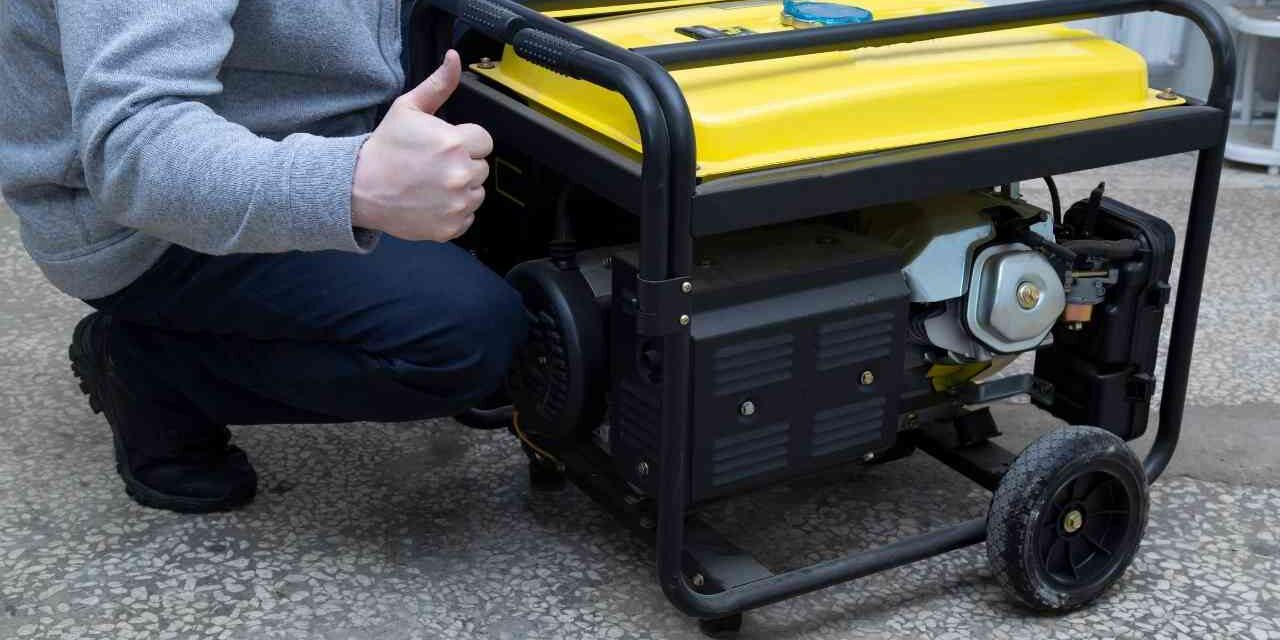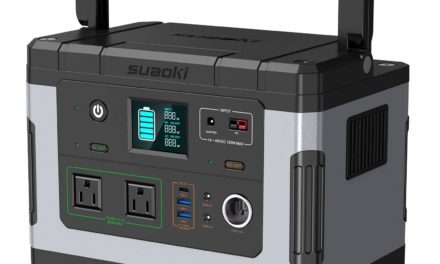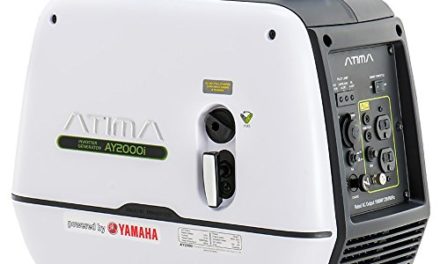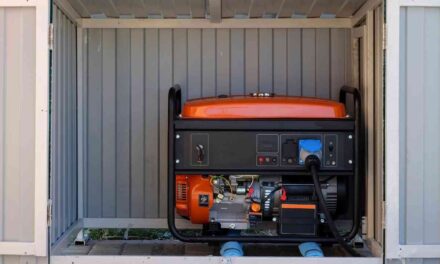
We have always advised people to get the total power consumption of all their electrical appliances as a guide to the type of generator capacity to go for. Unfortunately, this has led to another challenge that we are about to discuss. Generators’ capacities are often in wattage, but the power consumption of electrical appliances is often in amps.
So, this has created a kind of confusion. In fact, many people want to know what size of the generator for 100-amp service. This is exactly what this article is all about. We will teach you to convert amperage to voltage and vice versa.
In addition, we will also tell you the factors to consider before upgrading your generator. Most importantly, we will list some of the benefits to enjoy when you upgrade your electrical panel to a higher one. Without further ado, let’s get to business right away.
How Many Watts Do I Need for a 100-Amp Service?
First of all, you have to understand a few basic things before you are able to determine the wattage required for a 100-amp service. The equation that links amps, watts, and volts (or voltage) together is:
Volts x Amps = Watts
Secondly, you also need to understand that the usual voltage for homes’ main service is 240 volts. In addition, it is advised that you don’t go beyond 80% of your electrical service capacity. If you exceed 80% of the capacity, you may be overloading your electrical service. So, you need to stay within the safe wattage.
Now, to calculate the required number of watts, let’s go back to the equation stated above.
Volts x Amps = Watts.
Volts: 240 volts
Amps: 100
Watts = 240 volts x 100 amps
Watts = 24,000 watts.
Now, remember that you can only use 80% of the wattage. That means you can’t use the whole 24,000 watts.
80/100 x 24,000 watts = 19,200 watts.
So, the number of watts you need for a 100-amp service is 19,200 watts or 19.2 kilowatts.
What Size of Generator For a 100-Amp Service?
The first thing to determine is the total amount of wattage a 100-amp service can withstand. To do that, we will use the equation below.
Volts x Amps = Watts
The standard voltage of a generator is either 240 volts or 120 volts. So, we will do a separate calculation for each of the voltages.
If the voltage of your generator is 240 volts
Watts = 100 amps x 240 volts
24,000 watts.
Since you can’t use more than 80% of the wattage supplied by your electrical panel, you have to find 80% of 24,000 watts.
80/100 x 24,000 = 19,200 watts.
This means that you need a generator that can supply at least 19,200 watts or 19.2 kilowatts to power your home.
If the voltage of your generator is 120 volts
Watts = 100 amps x 120 volts
12,000 watts.
Since you can’t use more than 80% of the wattage supplied by your electrical panel, you have to find 80% of 12,000 watts.
80/100 x 12,000 = 9,600 watts.
This means that you need a 240-volt generator that can supply at least 19,200 watts or a 120-volt generator that can supply at least 9,600 watts to power your home.
How To Size a Generator Based on Amps?
The solution lies in these equations:
- Volts x Amps = Watts
- Amps = Watts/Volts
With the equations, you can easily convert amps to wattage and vice versa.
For instance, if the capacity of a generator is 3,000 watts and its voltage is 120 volts, you can convert it to amps thus,
Amps = Watts/Volts
Amps = 3000 watts/ 120 volts
Amps = 25 amps
On the other hand, if your home’s total power consumption is 75 amps and you want to buy a 120-volt generator. To know the right wattage to go for,
Volts x Amps = Watts
120 x 75 = 9,000 watts
What You Should Know Before Upgrading to 100-Amp Service?
Many homes built 20 – 30 years ago still have a 60-amp electrical panel. Unfortunately, that is too low for today’s electricity needs. According to electricians, it is a safe practice never to go beyond 80% of your electrical panel’s capacity. Do you know why? It means when there’s a sudden spike in power supply, the remaining unused 20% will give your electrical panel room to accommodate the surge without leading to overloads.
Now, with a 60-amp electrical panel, you can only use 48 amps. This is too low for your home. Think of it. You have to power your air conditioner or your heating unit, your TV, your microwave oven, your washing machine, your dishwasher, your lighting, and others. At the same time, you have to charge your smartphone, tablet, and laptop. 48 amps of power cannot be enough.
Also, you may have been seeing certain signs like your circuit breaker tripping off frequently. Or your lights are already flickering. Furthermore, your lights may dim up whenever you switch on a heavy appliance. All these are signs that you need to upgrade your 60-amp electrical panel to a 100-amp electrical panel.
In fact, even a 100-amp electrical panel isn’t adequate. If you upgrade to a 100-amp panel, you may still need to upgrade it after a couple of years. We actually recommend 200-amp service.
Benefits:
Here are some of the benefits of an upgrade.
1. Safety
When you upgrade your electrical system, you will be able to consume more power within the safe threshold. You’ll also have adequate extra amperage that can accommodate a sudden power surge.
2. Scalability
Later on, you may want to install a heavy electrical appliance like an electrically-controlled pool or any other equipment. Upgrading your electrical panel will give room for a future increase in power consumption.
3. Comfort
Without an upgrade, your electrical panel will no longer be able to support your power consumption and may lead to several electrical issues like melting of wires, the flickering of lights, dimming of lights, and frequent tripping of circuit breakers. Upgrading your electrical panel will solve or prevent such issues.
Final Words
If your house was built over 30 years ago, you’re likely to have a 60-amp electrical panel. Get an electrician to check it. If it is a 60-amp panel, you need to upgrade it as soon as possible. A 60-amp electrical panel cannot power any home adequately.
Don’t wait until your circuit breaker begins to trip off. Don’t wait until your lights begin to flicker. And don’t wait until your wires begin to burn and melt. You need to upgrade for comfort, safety, and scalability.





